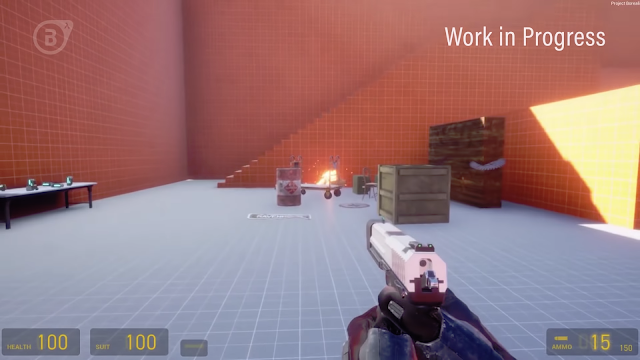Pause Menu

For another project I have been working on a Main Menu and pause menu, both of which could be implemented into my Subject Specialism. Much like the HUD system I currently have these menus make use of the widget system. Setting these features up was a little easier than I expected with the ability to click on menu elements to activate sub menus and basic functions of quitting and pausing the game being simple blueprint actions. I also added a post process component to be added to the screen upon the game being paused. This chromatic aberration effect will disappear once the game has resumed play. This is all done via and "Add Post Process Component" node that is called in the custom function I added called "Pause Game" when "Set Game Paused" is set to true. This post process component allows me to add a bevy of different effects, from lens effects, blur, colour grading and much more all at once with a great deal of control on how they work. This cur...


